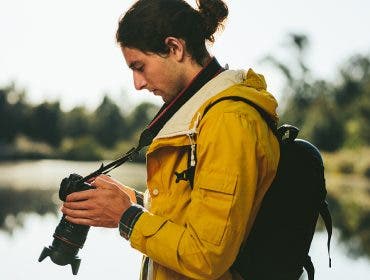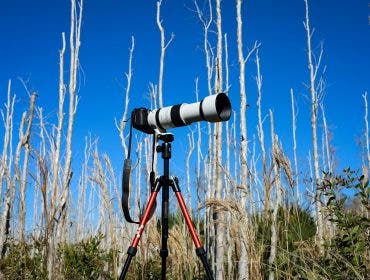Summer’s fiery embrace can take a toll, not just on your sweat glands, but your camera too. In 2025, with more advanced sensors and active‑cooling heat guards in pro gear, our expectations are higher. But blazing sun, scorching asphalt, and humid air still spell trouble for sensitive electronics — and yes, your creative vision. The solution isn’t to speed up the summer photography shoot, it’s to beat the heat and find ways around it!
Let’s dive deeper than the obvious shade‑and‑sunscreen advice with smart, practical and practical solutions to keep both you and your kit chill.
1. Understand what heat does to the gear
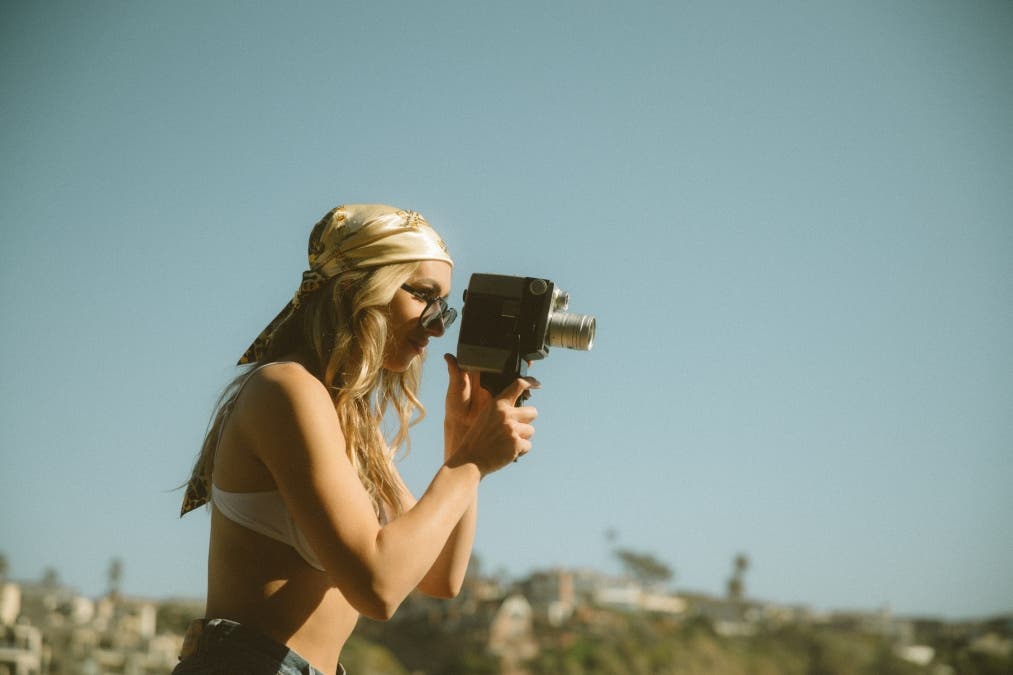
Heat is the enemy of all photographers, especially when it comes to summer photography! Most modern cameras are rated to function up to 40 °C, but push past that and things start to get problematic. Sensors begin to misbehave, batteries drain faster than a popsicle in the sun, and internal processors work overtime just to stay sane. You might see hot pixels popping up like static on a TV screen, or worse, complete shutdowns when your camera hits its thermal limit. This isn’t very ideal when most photographers love taking shots during peak hours.
Heat isn’t your only problem either. It’s in a sneaky tandem with humidity. Walk out of an air-conditioned car into muggy air and boom — your lens fogs like a shower mirror. That moisture can sneak into your sensor chamber, cling to lens elements, and over time, create the perfect breeding ground for mold. Yes, mold can start to develop and ruin a perfectly good lens.
Understanding how your gear responds to heat is fully comprehending the technical knowledge around it, so you don’t have to shell out a fortune to get new ones. You don’t want your best shot ruined by a glitchy sensor or a fogged-up lens. Respect the weather, and your camera will respect your art right back.
2. Protect your gear
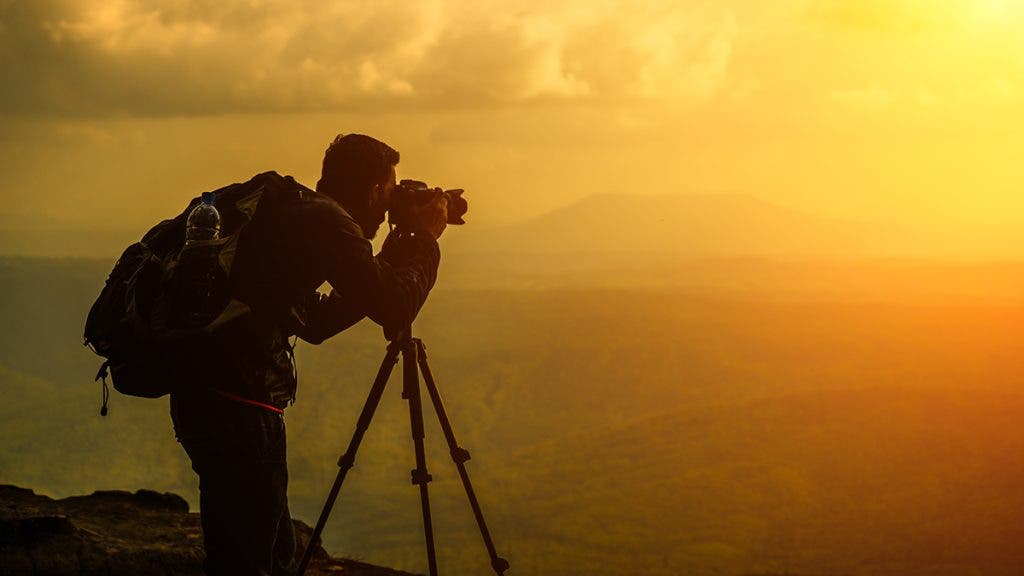
Before you even power up your camera, remember that your gear needs shade, too. Try covering your camera bag with a reflective cloth. It may seem simple, but having this additional barrier works wonders at bouncing away the harmful rays of the sun and beat the heat. Every degree counts when you’re out chasing magic in the heat.
You want an unorthodox option? If you have an insulated cooler, that can help you keep your camera and gear nice and cool. Keep the gear away from the ice or any spot where it could get wet and keep it inside while you aren’t using it. Having a divider or separate dry compartment will make this way easier, and it’s cheaper than losing your gear to the heat.
3. Dealing with condensation and fog
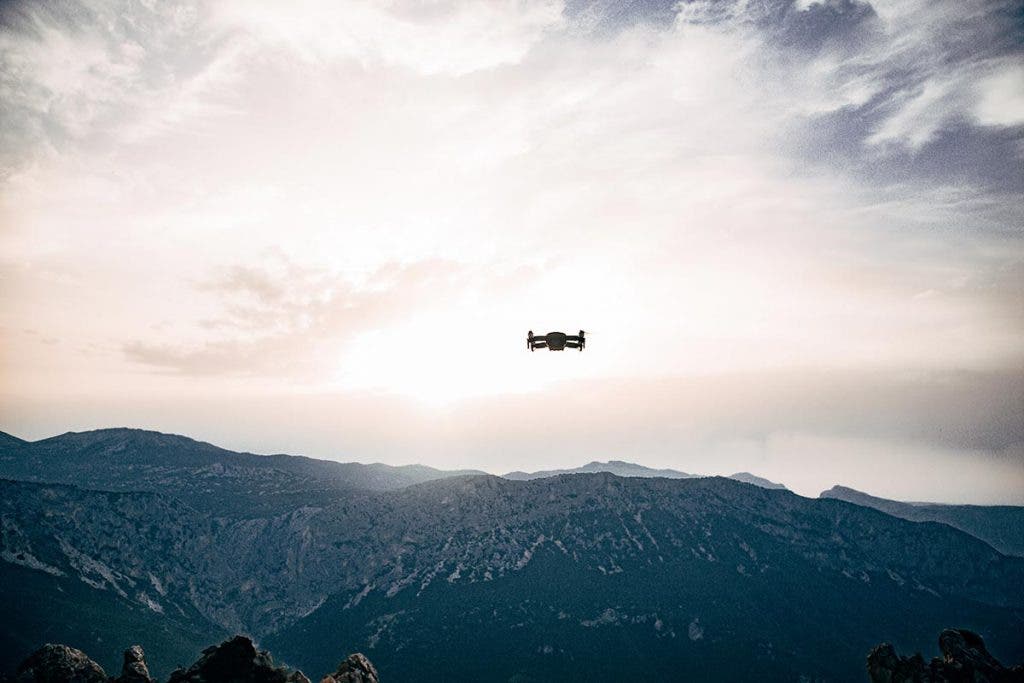
To start, put your gear in a ziplock bag before you take it out and use it. Let it gradually adjust to the new temperature. Then unzip and start shooting once it equalizes. At home or in the studio, store your equipment with silica gel inside a dry cabinet. Aim to keep humidity around 40-50% — ideal for preserving electronics and optics. Desiccant packs in your gear bag help too. They quietly absorb ambient moisture, especially useful after long humid sessions in forests, wetlands, or along the coast.
There will be times when your gear fogs up, but don’t panic. Let it sit near (but not in front of) an air conditioner so it can slowly warm up. Doing this lets you safely clear out the fog without damaging any of your internals. However, there will be cases where you don’t have the time to sit around and wait. In these instances, use a hairdryer on the lowest setting or you can also put it inside your warm car if you’re in the middle of a shoot.
4. Prioritize staying cool and safe
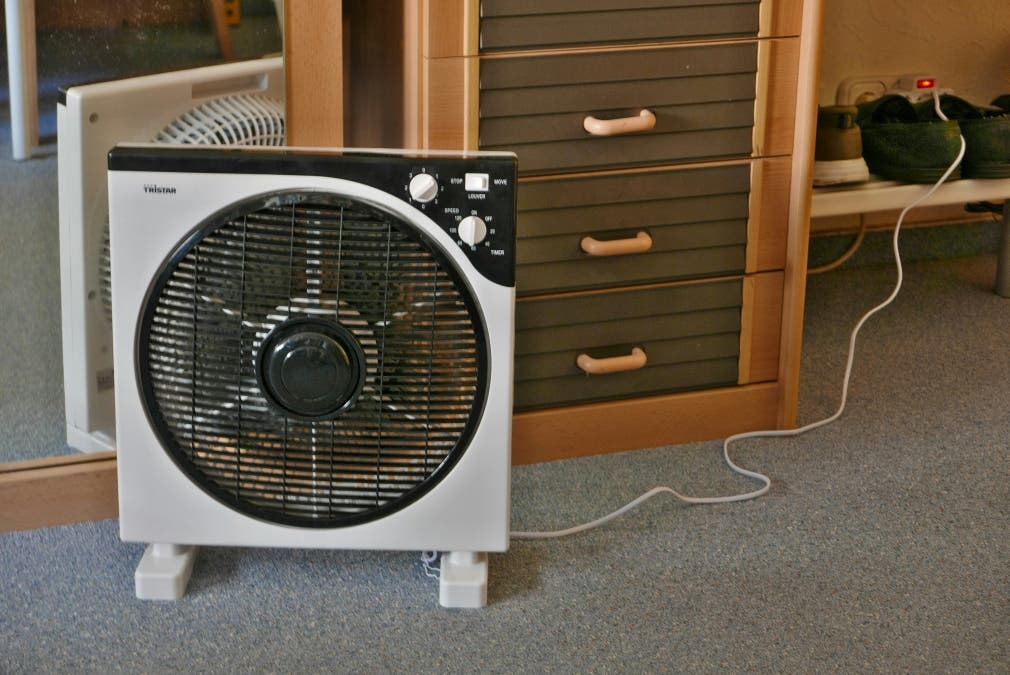
Great shots don’t matter if you pass out doing it. Drink water every hour when shooting in hot conditions. If you can, try to get an electrolyte drink on your way to the shoot. These drinks can keep you hydrated even in the hottest of days. Drinking fluids isn’t the only thing that should be on your checklist. Applying sunscreen every so often will keep your skin well protected from the harsh rays of the sun. Don’t skip your neck, face, ears, or hands. UV rays don’t care if you’re capturing sunsets, they’ll burn you during golden hour.
Keeping these in mind will help your body beat the heat and regulate temperature more efficiently while you’re hiking or standing in direct sunlight. If you start feeling dizzy or uncomfortable because of the heat, take a step back and rest in the shade until you’re feeling better!
5. Schedule ahead and avoid the heat entirely!
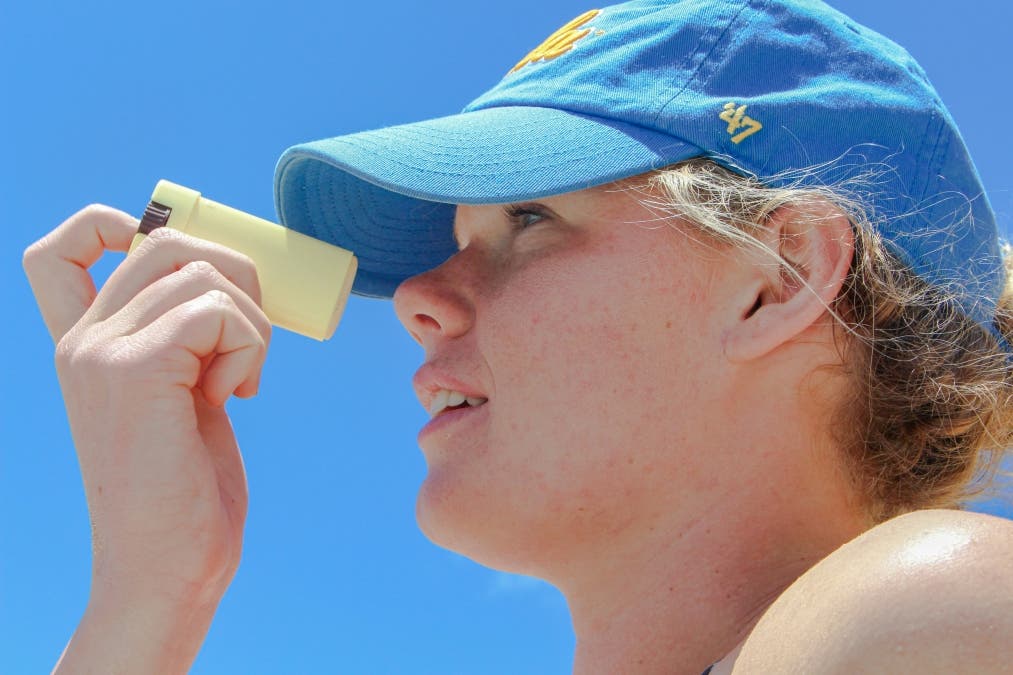
Check the weather forecast and plan your shoots during hours where the sun isn’t too harsh. Most of these slots are going to be in the morning and during golden hour, which means you won’t be sacrificing lighting options either. Aside from scheduling the shoot around a favorable time, you also need to scout out your locations before shoot day. Look for spots with a lot of shade and nooks that can cover you from the sun. If none are available, then make sure you pack a lightweight umbrella and reflective surfaces that you can use to counteract the harsh sun.
Every 15–20 minutes, take a step into the shade, hydrate, and touch your gear — if it’s too hot for your hand, it’s too hot to function properly. These little breaks are the reset button for both your brain and your battery life.
Keep yourself and your gear safe from the heat
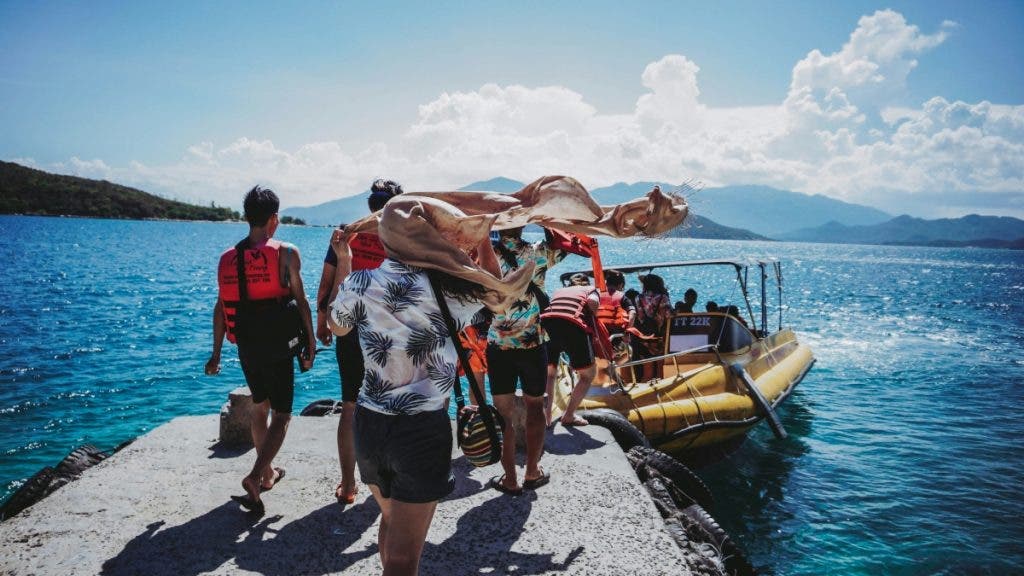
With today’s 2025 camera tech offering smarter cooling systems, thermal regulation tools, and weather-sealed brilliance, you’ve got more on your side than ever before. But even the best gear still needs a savvy human behind it, and that’s where you shine brightest.
So go ahead, beat the heat, shoot your heart out, and make something so good it makes July jealous. Your gear will stay cool. Your skin will stay protected. And your photos? They’ll burn with brilliance, not overheating warnings.



